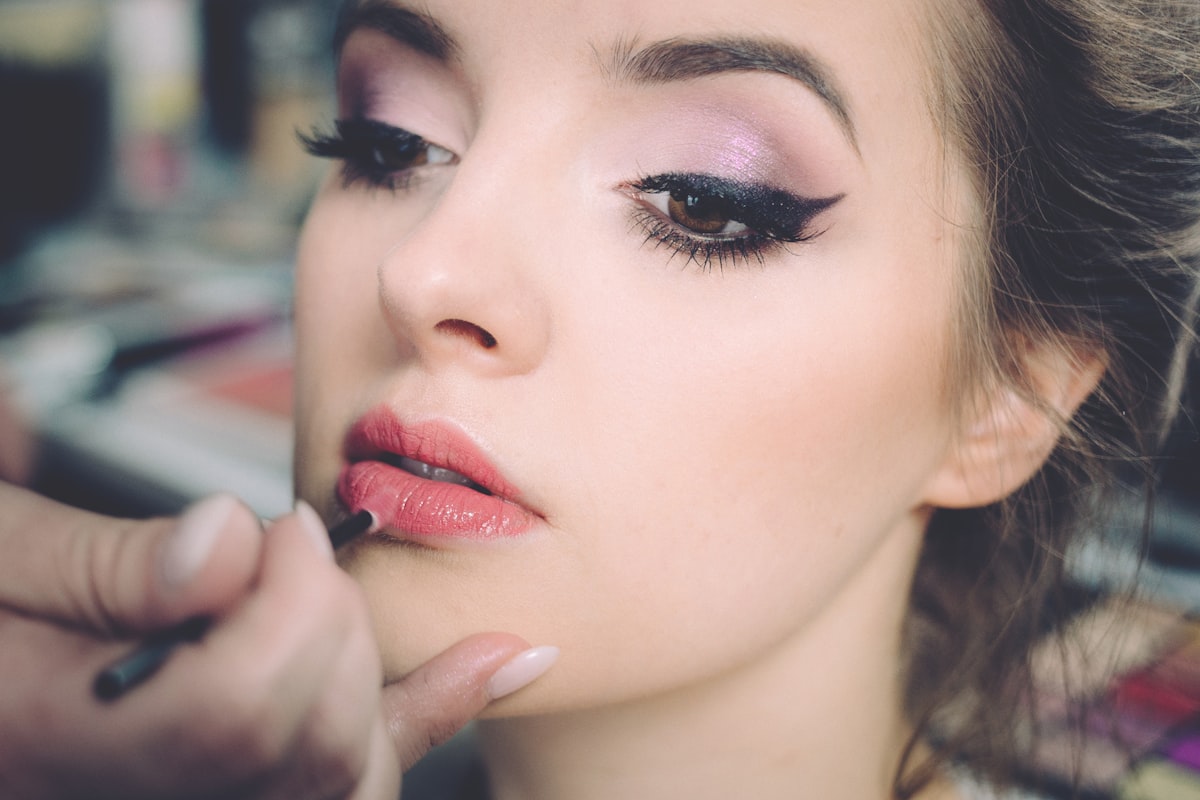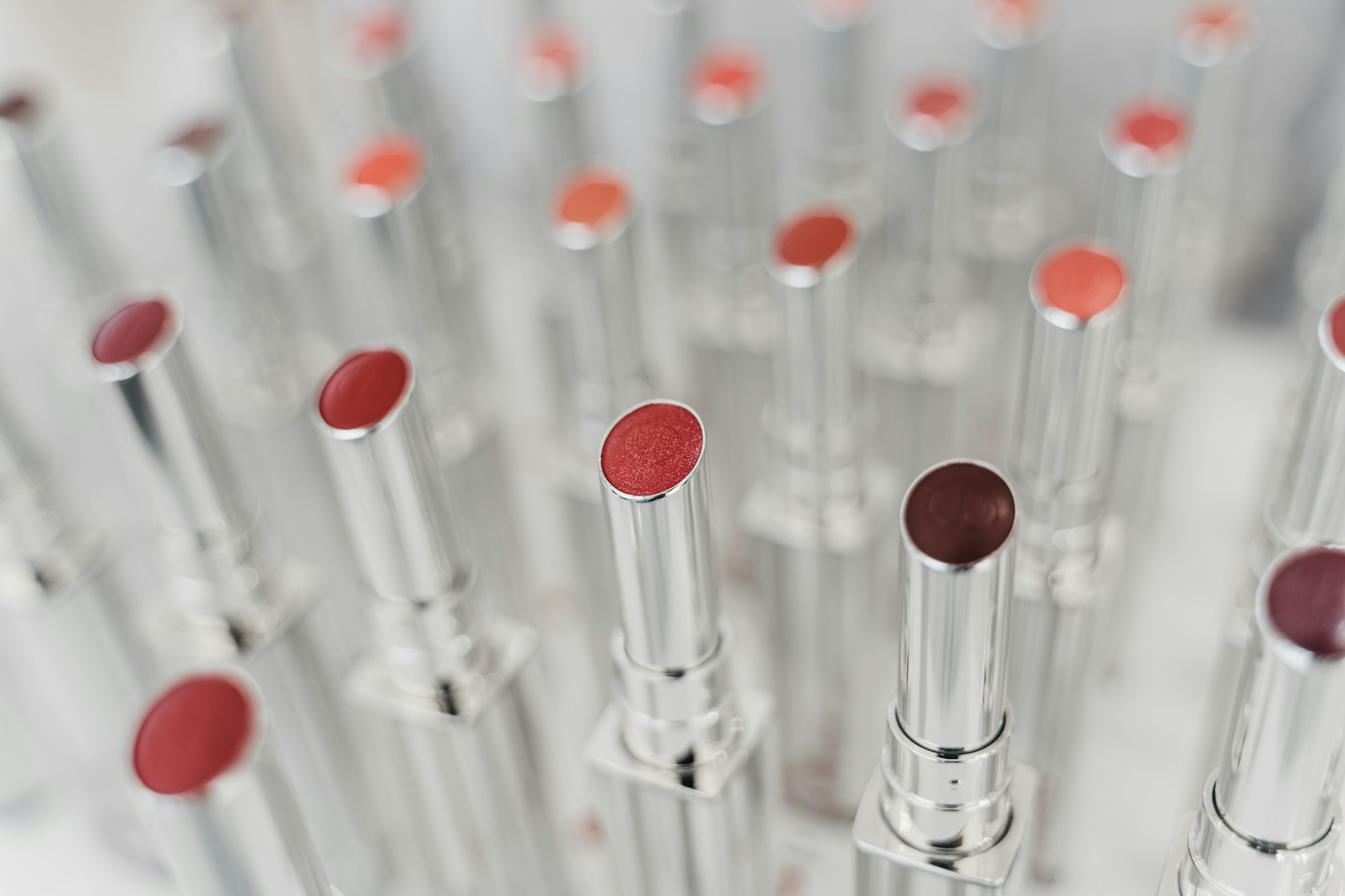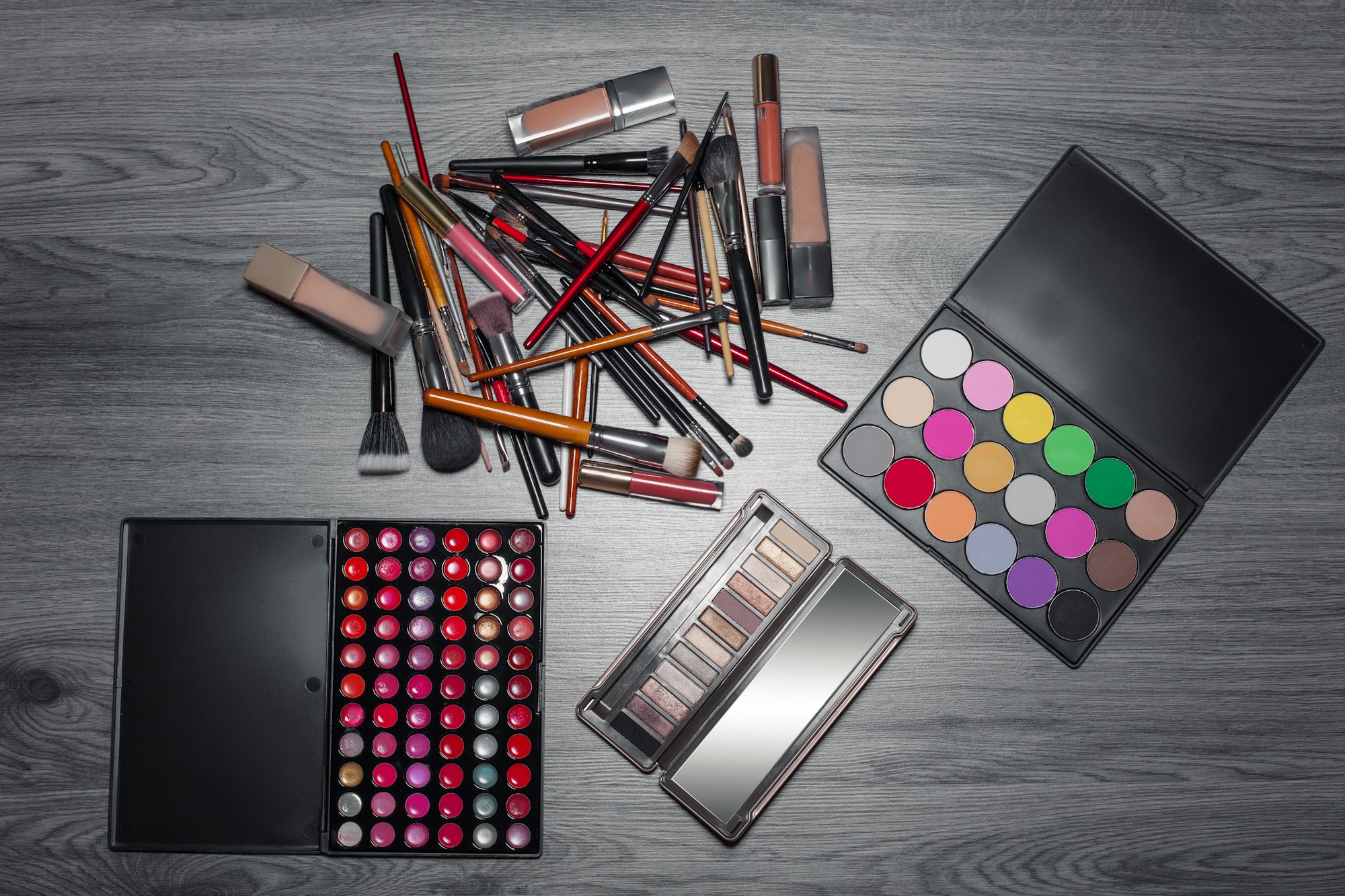Guidelines for Proper Lip Liner Application
You're doing yourself and your makeup regimen no favors if you skip the lip liner and just put lipstick on your lips. To prevent lipstick from bleeding, smearing, and feathering, use a lip pencil to outline your lips before applying lipstick.

You're doing yourself and your makeup regimen no favors if you skip the lip liner and just put lipstick on your lips. To prevent lipstick from bleeding, smearing, and feathering, use a lip pencil to outline your lips before applying lipstick. As an added bonus, lip liner is an essential tool for creating the illusion of bigger lips. In a nutshell, you can't do accurate, full, velvety-looking lipstick without it. However, the best approach to line your lips relies greatly on the form of your lips.
Lip liners play an important part in any makeup routine. Applying them correctly can make a world of difference in the final look.To achieve the perfect lip liner application, it is important to follow a few guidelines.
What color lipliner is suitable for various skin tones?
In general, for any skin tone dark lipsticks and darker lip liners will look better than lighter ones. If you have a pale complexion with yellow undertones, you will look best with neutral to light colored lip liners. If you have a tan complexion and light skin, you will look best with warm-toned lipsticks and brighter lip liners. If you have dark or black skin with dark undertones, you will look best with cool-toned lipsticks and light to medium colored lip liners. If you have a complexion with olive undertones, you will look best with neutral lipsticks and warm-toned lip liners. If you have a tan complexion and a dark complexion, you will look best with cool-toned lipsticks and dark-toned lip liners. If you have a very dark complexion with red undertones, you will look best with neutral lipsticks and cool-toned lip liners.
Photo by Hitesh Dewasi / Unsplash
What are the types of lipliners?
There are two main types of lipliners: liquid lip liners and powder lip liners. Liquid lipliners come in many different colors and are a good option if you need to get the line just right. They are also good if you want to create a precise line and apply just a small amount of lip liner. Powder lipliners are thinner and more flexible than liquid lip liners. They are usually used to cover up imperfections or to blend out and enhance the lipstick color. A powder is also great for light to medium shades as it gives a more natural look.
What are the different types of textures?
There are a variety of textures of lipliners, including matte, shiny, sheer, creamy, and satin. Matte lipliners are lightweight and sheer, creating a softer and more natural finish. Shiny lipliners provide a more pronounced lipline but are usually less transparent than matte lipliners.
How to prep your lips?
Before applying your lip liner, you need to make sure your lips are clean and dry. Start by applying some lip balm on your lips to hydrate them and get rid of any dryness or flakiness. You can also use chapstick or lip balm to keep your lips soft and hydrated for a longer time.
Then, take a clean makeup sponge or a cotton swab and gently wipe the sponge or swab over your lips to get rid of any excess oil or dirt. This will help you avoid getting a lip stain while you apply your lip liner.

How to Prepare Lip Lines and apply Lip Liner?
Lip liners can be used in two ways: either as a highlight or as a fuller lipstick replacement. It is recommended to use a lip liner pencil instead of a liquid liner. Liquid liners are prone to smudging and fading and also can be messy. Try using a pencil when you need to cover up an especially stained lip.
To emphasize a prominent cupid's bow, draw an X in the center of your upper lip and then pull the liner outward, following your natural lip line, all the way to the corners.Begin at the outer corner of your top lip and glide the liner in a curved motion across your lips if you lack a definite cupid's bow. Using a brush, apply the liner to your lips and blend it in with your natural lip line.
After you have finished lining your upper lip, move on to the lower lip and follow the same procedure. Applying lip liner just outside the natural lip line can give the appearance of fuller lips, especially if your top or lower lip is thin. It is usually best to apply a lip liner before you apply lipstick.
How to apply lipstick after using the lipliner?
Start applying lipstick from the center of your lips and work your way out toward the corners. Make sure you apply the lipstick in one smooth motion. Do not let it dry before you apply more! Blend the lipstick into the lips to ensure that there are no lumps or lines that have not been smoothed out.
Remember to apply lipstick over the lipliner first to avoid smudging or bleeding. If you do not have a great lipstick, you can also use a lip gloss for a brighter and more natural look. Lip gloss should be applied directly after the lipliner has dried so that it blends in with your lipstick.
Always finish with powder on top of the lipstick to set it and make it last longer.
Lipliners are great for highlighting your best features and giving your lips an even, colorful tint. They also help hide imperfections, like dry, chapped lips or discolored areas. So, use a lip liner to enhance your appearance and make yourself more appealing, and pair it with a new hairstyle.
Photo by Dmytro Lopatin / Unsplash




